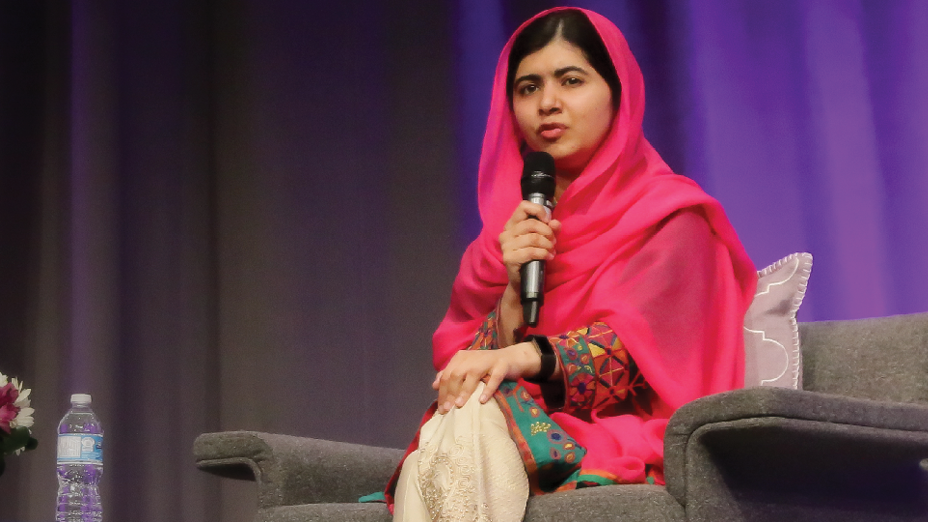During the summer of 2015, Pierre Nanterme, Accenture’s CEO, announced that the global professional services company would reimagine its performance management system. The company found that after decades of serving its purpose, the system had become massively demotivating. Accenture’s global workforce had changed. Their people—and your people—are not motivated by being a number on a performance rating scale. Rather, today’s workforce is increasingly looking for meaning, human connectedness, true happiness, and a desire to contribute positively to the world. Nanterme and his leadership team realized Accenture needed a better way to lead for these foundational human desires and better engage their 425,000-plus employees—to speak to their intrinsic motivation.
Accenture is no outlier. A global movement is taking place in the C-suites of thousands of progressive organizations like Marriott, Starbucks, and LinkedIn. The question the leaders of these organizations ask themselves is, “How can we create more human leadership and people-centered cultures where employees and leaders are more fulfilled and more fully engaged?”
As human beings, we are all driven by basic needs for meaning, happiness, human connectedness, and a desire to contribute positively to society. That’s true whether we’re at home, out in the world, or at work. But it’s one thing to realize this and another to act on it. Speaking to our people’s intrinsic motivation calls for leadership and organizations that cater to these desires. It’s something that forward-thinking organizations and leaders are increasingly realizing and addressing. As Javier Pladevall, CEO of Audi Volkswagen, Spain, reflected when we spoke with him: “Leadership today is about unlearning management and relearning being human.”
How important is this message? Consider this: In a 2016 McKinsey & Company study of more than fifty-two thousand managers, 86 percent rated themselves as inspiring and good role models. But this stands in stark contrast to how employees perceive their leaders. A 2016 Gallup engagement survey found that 82 percent of employees see their leaders as fundamentally uninspiring. In fact, the same survey found that only 13 percent of the global workforce is engaged, while 24 percent are actively disengaged.
This seeming lack of good leadership is not because of a lack of effort. According to a recent report, organizations around the globe invest approximately $46 billion annually on leadership development programs. That’s a lot of money for seemingly little return. What’s going wrong?
We conducted a 2-year research study, to find the strategies for great leadership in the 21st century. We interviewed 250 C-suite executives from Microsoft, Google, McKinsey, Lego and more, assessed 35,000 leaders and trawled through thousands of studies of leadership. From this work, we came to two clear findings.
First; leadership education has got it backwards. Leadership pioneer Peter Drucker said, “You cannot manage other people unless you manage yourself first.” Much leadership education starts with skills like strategy, vision and finance. But from Drucker’s point of view, this approach starts at the end and misses the beginning. It’s like building a house by starting with the roof.
Our research found that leadership starts with yourself. More specifically, it starts in your mind. By understanding how your mind works, you can lead yourself effectively. By understanding and leading yourself effectively, you can understand others and be able to lead them more effectively. And by understanding and leading others more effectively, you can understand and lead your organization more effectively—and by “more effectively,” we mean in a way that’s going to tap into your own and your people’s intrinsic motivations and sense of purpose. If you’re able to do that—and we have witnessed that with practice and persistence, anyone can—you’ll have a more engaged and productive workforce. And perhaps more importantly, you’ll be part of creating more happiness, stronger human connectedness, and better social cohesion within and beyond your organization.
Second, we found that three key mental qualities stand out in great leaders: mindfulness, selflessness and compassion.
Mindfulness is about learning to manage your attention – a critical skill for today’s leaders. When you learn how to manage your attention, you learn how to manage your thoughts. Mindfulness provides leaders with a stellar focus on the task or person at hand enabling greater productivity as well as an ability to be truly present with people. Professor Jochen Reb of Singapore Management University found, there’s a direct correlation between leaders’ mindfulness and the well-being and performance of their people. Mindfulness gives us the ability to better manage our mind and as leaders, direct it towards things that are beneficial for yourself and your organization.
Selflessness in leadership is the wisdom of getting out of your own way; not letting your own natural egoistic tendencies to prevent you from being of best service to your team. According to research by Dacher Keltner, professor of psychology at University of California, Berkeley, leaders are more likely to engage in rude, selfish, and unethical behavior. Cultivating selflessness counters these inclinations. It is defined by a strong sense of humility and the ability to be of service to others. Selfless leadership is about understanding that leadership success is based on an ability to skillfully develop the potential of people.
Compassion in leadership is the quality of having positive intentions for others. Researchers from the University of North Carolina Business School found that compassionate leaders are perceived as both stronger and better leaders. With compassion, a leader increases trust and social cohesion because it is clear they are looking out for the best interests of the team. People are more likely to go the extra mile for a compassionate leader because they know they have their back. But don’t be fooled into thinking that compassion is about always being nice. Compassionate leadership is also about giving tough feedback and making difficult decisions. It requires wisdom and courage.
Leading with mindfulness, selflessness, and compassion makes you more human and less leader. It makes you more you and less your title. By bring more humanity into our leadership we can create happier, healthier and more productive work environments for ourselves, our people, our organizations and beyond.
If you are interested in getting started on becoming more mindful, selfless and compassionate here is a link to an app that will get you started on the journey.





.png)

%20(1).png)


What Did You Think?